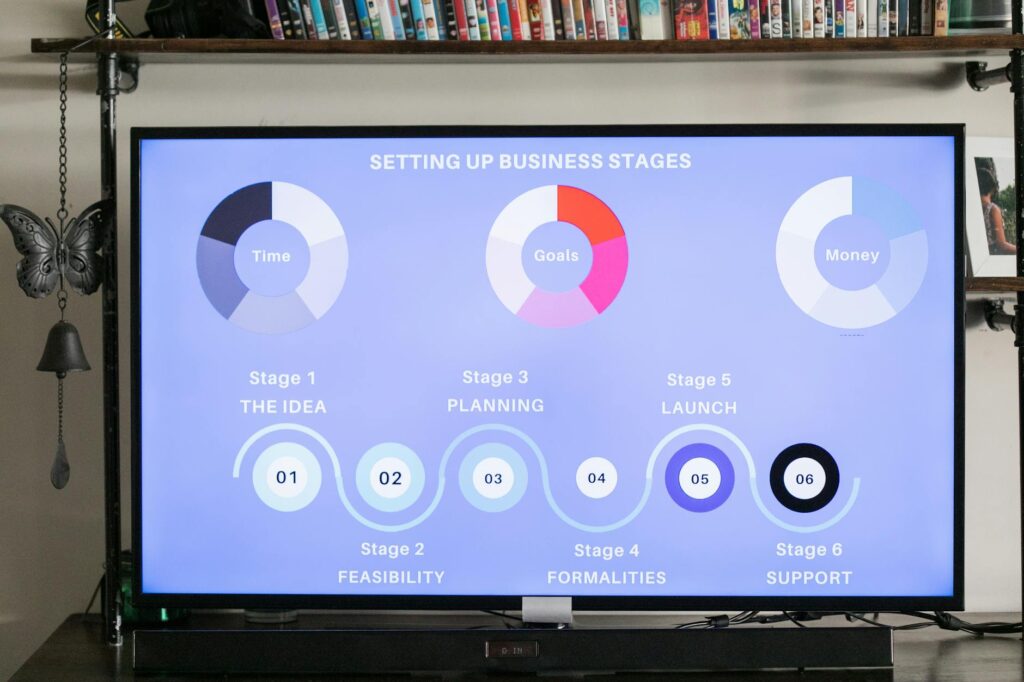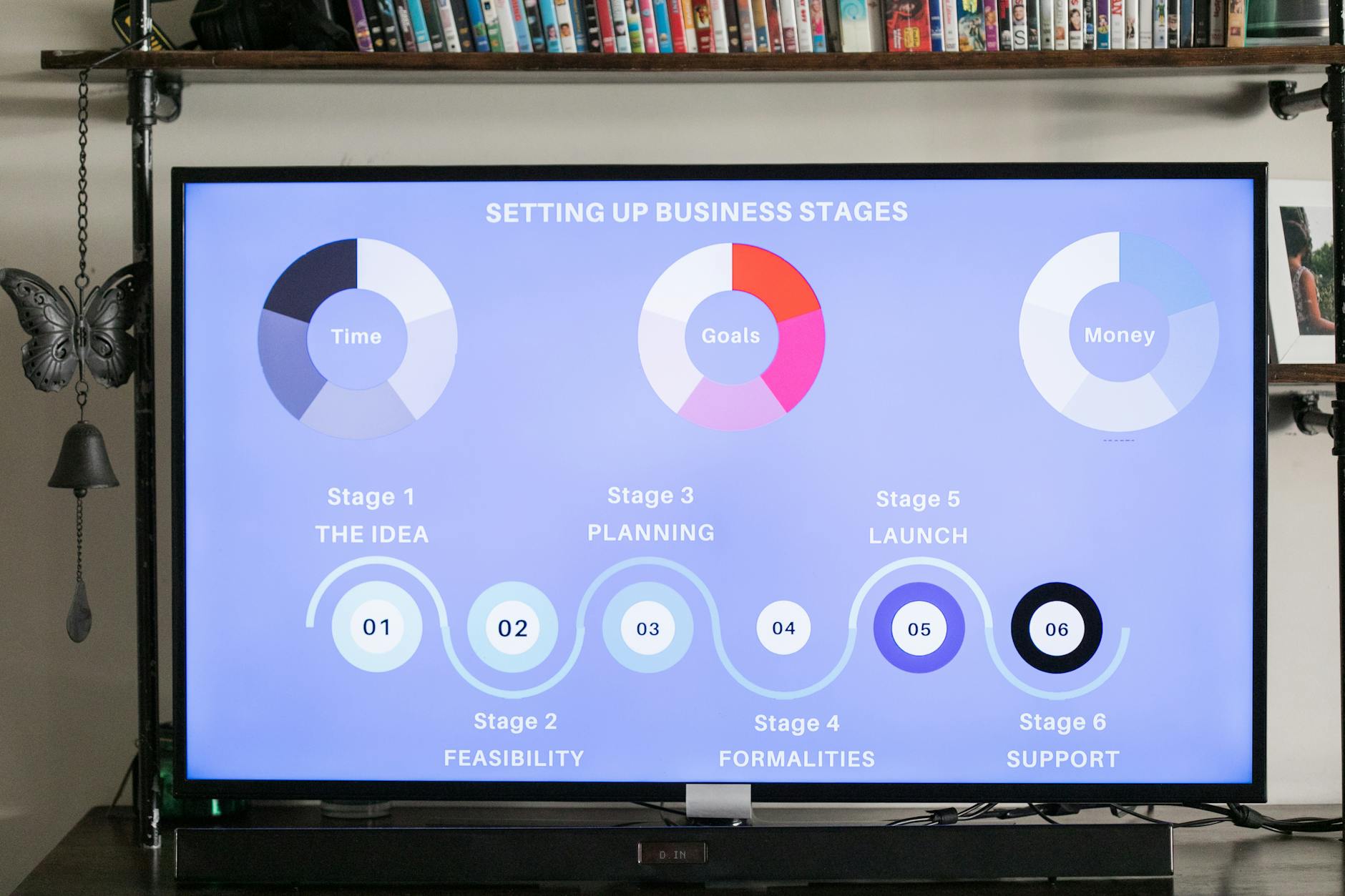What is technology fatigue?

What is technology fatigue?
In our fast-paced digital world, technology fatigue has become a common struggle for many. It’s the feeling of being overwhelmed or exhausted due to excessive exposure to technology and constant connectivity. This phenomenon impacts not only our productivity but also our mental well-being. As we increasingly depend on technology for work and personal life, understanding technology fatigue and how to combat it is crucial for maintaining a balanced lifestyle.
Understanding Technology Fatigue
Definition of Technology Fatigue
Technology fatigue refers to the mental and emotional exhaustion that comes from the overuse of technology. It differs from general stress in that it specifically relates to the demands of digital devices and online interactions. As we juggle multiple screens, notifications, and communications, the cumulative effect often leads to feelings of burnout and disengagement.
Symptoms of Technology Fatigue
Common symptoms of technology fatigue include:
- Mental Exhaustion: A sense of being drained after long hours of screen time, where focusing becomes a chore.
- Decreased Productivity: Tasks take longer to complete, and motivation to start new projects wanes.
- Feelings of Overwhelm: The constant influx of information can create anxiety, making even simple decisions feel daunting.
Recognizing these symptoms is the first step toward addressing the issue effectively.
Causes of Technology Fatigue
Information Overload and Continuous Connectivity
The digital age has made information readily available at our fingertips. While this is beneficial, it also means we are bombarded with a stream of messages, emails, and updates. This constant connectivity can lead to an overwhelming feeling of needing to be “always on,” which contributes significantly to technology fatigue. For insights on how digital life fuels tech fatigue, check out this article from Deloitte Insights.
Increased Screen Time
Spending excessive hours in front of screens can take a toll on our mental health. Research indicates that prolonged screen time can lead to fatigue, decreased attention spans, and even physical discomfort. It’s no surprise that the average person spends over 10 hours a day interacting with digital devices, leading to a growing concern about its impact on our overall well-being.
Pressure to Keep Up with Technology Trends
The rapid pace of technological advancement can create a relentless pressure to stay updated. Whether it’s new software, apps, or hardware, the need to adapt can feel overwhelming. This constant push to learn and adapt contributes to feelings of inadequacy and stress, driving technology fatigue further.
Impact of Technology Fatigue on Productivity
Effects on Work Performance
Technology fatigue can severely impact work performance. Employees often find it hard to concentrate, leading to reduced focus and creativity. A study noted that employees were 45% less productive due to constant task switching among multiple applications. This fragmented attention hampers their ability to produce quality work efficiently. For a deeper look into how technology fatigue affects productivity, see this insightful piece from Tourwriter.
Effects on Personal Life
The repercussions of technology fatigue extend beyond the workplace. It can affect relationships, leisure activities, and mental health. When technology weighs heavily on our minds, it becomes challenging to engage meaningfully with loved ones or enjoy hobbies. This disconnect can lead to feelings of loneliness and isolation, further perpetuating the cycle of fatigue.
Strategies to Combat Technology Fatigue
Setting Boundaries with Technology
Establishing clear boundaries around technology use is vital. You could designate specific times for checking emails or social media, allowing for focused work periods without distractions. Simple steps, like turning off notifications during work hours, can create a more peaceful environment.
Mindfulness and Digital Detox Techniques
Practicing mindfulness can help alleviate technology fatigue. Techniques such as meditation, deep breathing, or simply taking regular breaks from screens can restore mental clarity. Additionally, consider scheduling digital detox days, where you refrain from using technology to reconnect with yourself and the world around you. Check out this article for tips on overcoming tech fatigue: Quick Schools.
Prioritizing Work-Life Balance
Maintaining a healthy work-life balance is crucial. Set aside time for activities that bring you joy, whether it’s spending time outdoors or indulging in a favorite hobby. By creating a separation between work and personal time, you can reduce the risk of burnout and enhance your overall well-being.
Conclusion and Call to Action
Technology fatigue is a growing concern that affects both our productivity and personal lives. By understanding its causes and symptoms, we can take actionable steps to combat it. Setting boundaries, practicing mindfulness, and prioritizing a balanced lifestyle are effective strategies to reduce technology fatigue. It’s essential to be proactive in addressing this issue to enhance our well-being in an increasingly digital world. So, take a moment to reflect on your technology use and consider implementing these strategies to reclaim your energy and focus.

Photo by RDNE Stock project